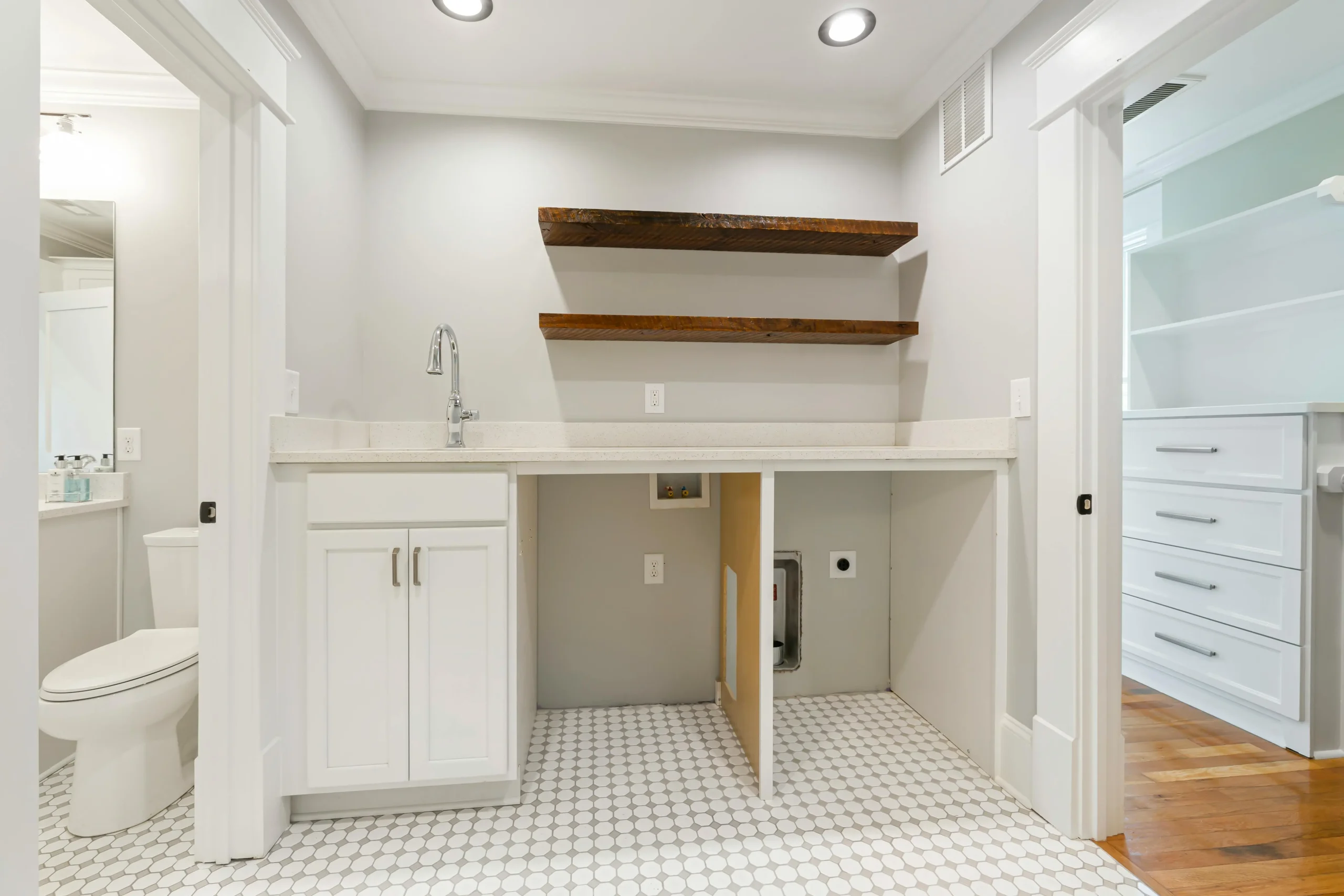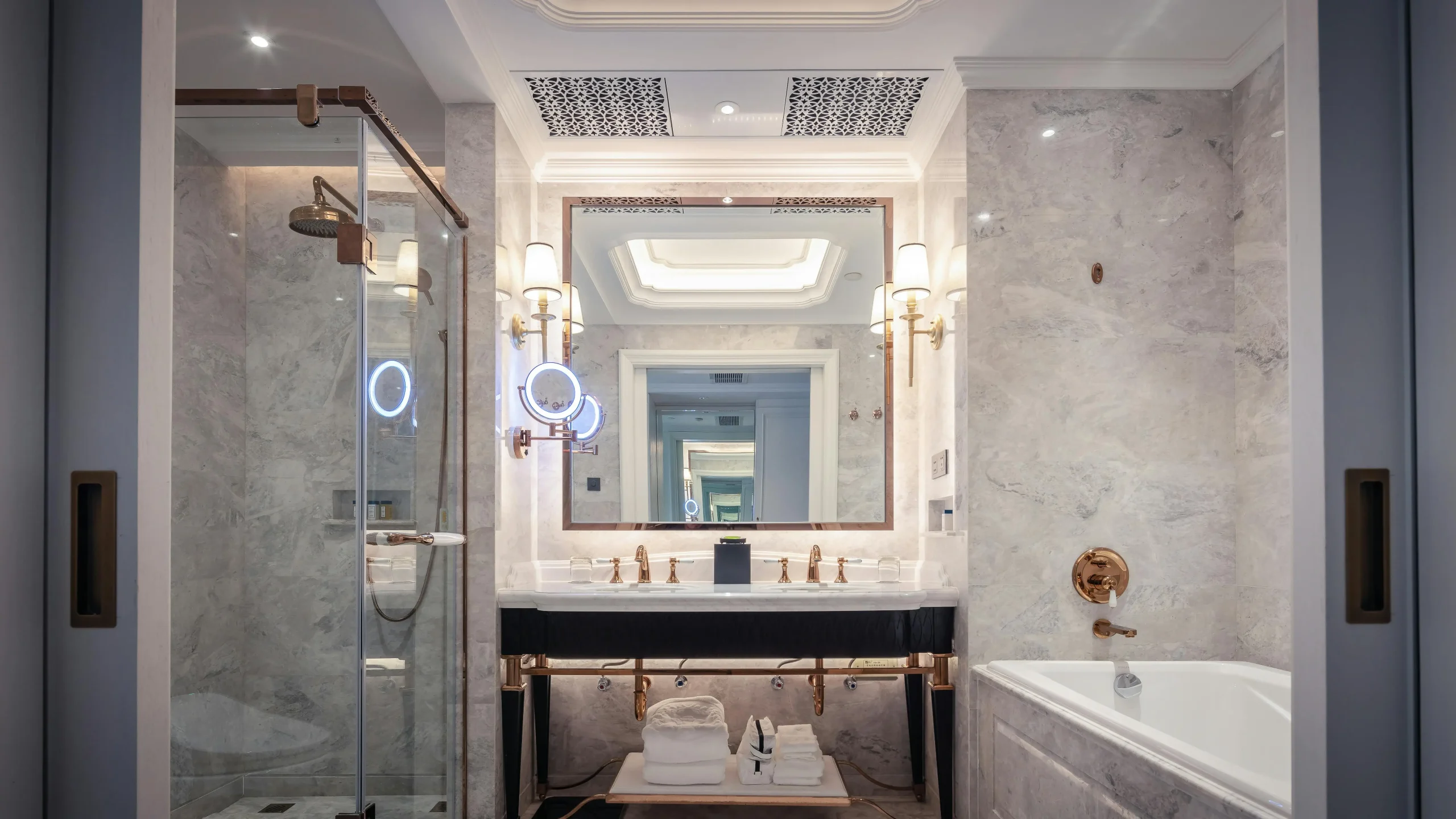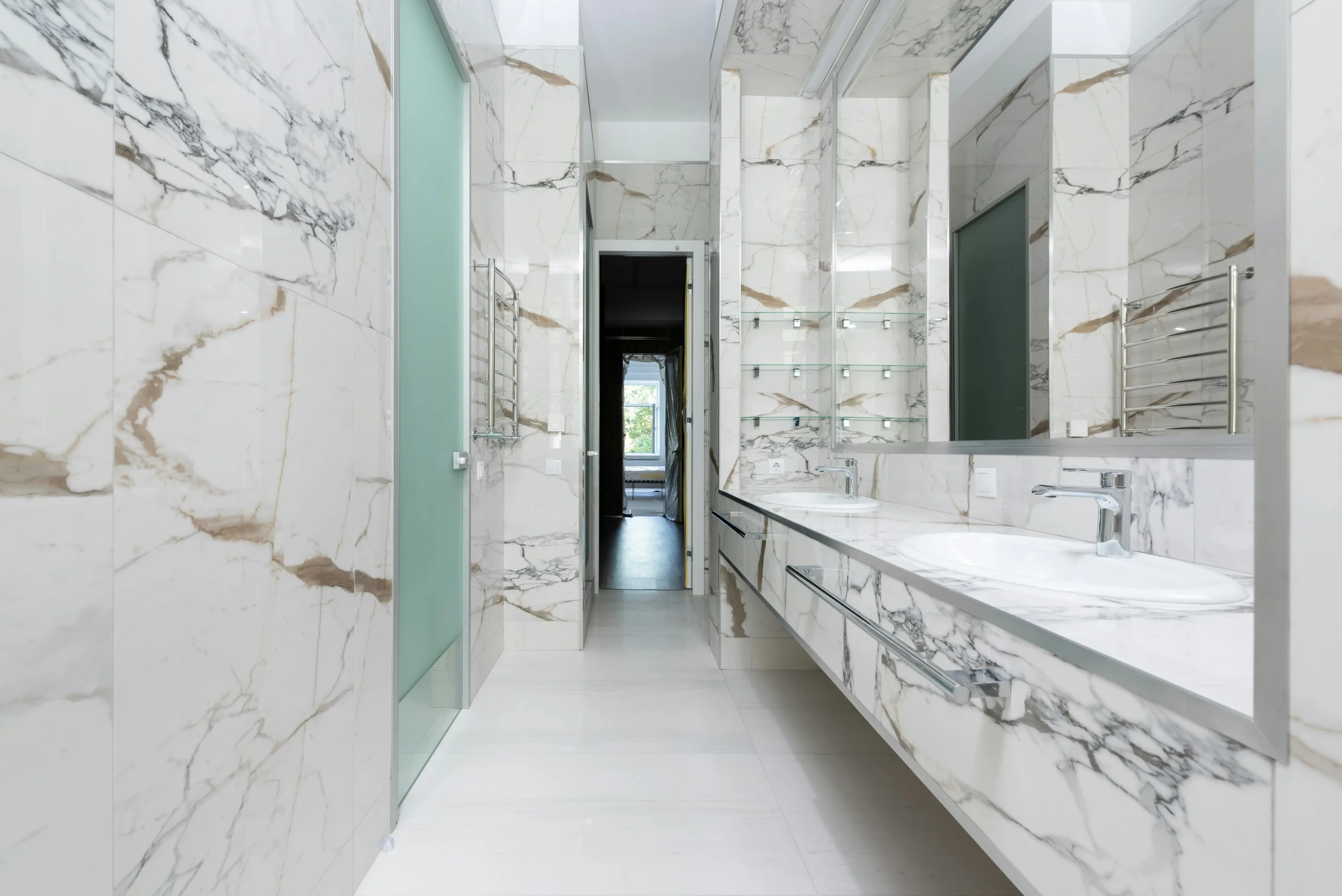Breaking Down Chula Vista Kitchen Remodel Costs
Kitchen remodeling costs in Chula Vista can vary based on the size of the project, the materials selected, and the complexity of the work involved. Minor cosmetic remodels might range from $10,000 to $20,000, covering tasks like repainting cabinets or upgrading basic fixtures. Mid-range projects generally fall between $20,000 and $50,000, potentially including semi-custom cabinets and decent-quality countertops. When you move into major renovations—often over $50,000—you’re typically looking at significant layout changes, custom cabinetry, and premium appliances. These broader ranges reflect both labor rates in Southern California and the cost of high-quality materials, which can be higher than in other regions. It’s always wise to review multiple quotes to get a sense of local pricing trends before committing. Additionally, keep in mind that even within these ranges, unexpected factors like structural adjustments or code-compliance upgrades can push costs higher.
Factors Influencing Remodeling Costs
Several elements come together to shape your final remodeling bill, and knowing these factors can help you make cost-effective decisions. First, the scope of work significantly affects pricing, since rearranging plumbing lines or tearing down walls will require specialized labor and permits. Second, material quality is a game-changer: premium countertops, high-end appliances, or custom finishes naturally cost more than standard-grade alternatives. Third, labor expenses in Chula Vista and the broader Southern California region tend to be higher, reflecting the area’s cost of living. Fourth, permits and inspections can add a few hundred or even a few thousand dollars, especially for comprehensive overhauls. Fifth, unplanned surprises, such as outdated electrical systems or water damage behind walls, can quickly inflate costs if they require substantial repairs. Finally, your own timeline and project management approach can play a role: rushed deadlines can lead to premium charges, whereas careful planning might yield better rates and fewer last-minute changes.
Material Costs for Major Kitchen Renovations
Materials often form the biggest slice of a renovation budget, especially when you’re aiming for a major overhaul. Cabinets alone can account for 30–40% of total expenses, with options ranging from stock units that are wallet-friendly but limited in design, to custom creations that match your taste perfectly yet carry a steep price tag. Countertops, accounting for about 10–15% of costs, also span a wide spectrum: from basic laminate, which is cost-effective, to marble or granite, which offer a luxurious touch but demand careful maintenance. Appliances can eat up another 10–20% of your budget, with high-end brands significantly influencing the final figure. Flooring, meanwhile, might represent 5–10% of the total, with tile, hardwood, or luxury vinyl each having distinct pros and cons. Don’t forget finishing touches such as lighting fixtures, hardware, and paint, which typically represent 5–10% of the total but can dramatically elevate the look and feel. It’s essential to compare brands, read product reviews, and weigh durability against cost to ensure you’re making wise choices for your lifestyle and budget.
Chula Vista Labor Costs for Kitchen Remodels
Labor expenses in Chula Vista reflect the skilled trades available in Southern California, where competitive demand often keeps rates on the higher side. A general contractor, who oversees the entire project, may charge a percentage of your overall remodel cost—commonly between 10–20%. Electricians and plumbers, critical for modern kitchens, often bill hourly rates of $75 to $150, depending on their expertise and the complexity of the work. Carpenters and cabinetmakers, responsible for crafting or installing cabinetry and custom wood elements, might charge anywhere from $50 to $100 per hour, with increased rates for specialized or intricate designs. Flooring and tiling specialists typically price their work per square foot, ranging from around $3 to $15, influenced by both material selection and job complexity. Always request itemized quotes so you can understand how these labor components add up. Keep in mind that if you plan to handle parts of the project on your own, you might save on labor but should also factor in the time and expertise required to achieve professional results.
Kitchen Remodel Cost Guide for Beginners
When you’re new to remodeling, it’s easy to feel overwhelmed, but following a structured approach helps. First, define your goals clearly: decide if you’re focusing on aesthetic changes or significant functional improvements. Second, collect inspiration by browsing kitchen showrooms, design websites, or social media platforms—this helps you refine your preferred style and color palette. Third, seek multiple estimates from reputable contractors to gauge the local price landscape; never settle for just one bid, as costs can vary greatly. Fourth, know your permits: large-scale projects usually require city approval for electrical, plumbing, or structural work, so contact the Chula Vista planning department to confirm. Fifth, set a realistic budget that includes a 10–20% cushion for unanticipated costs, such as hidden damage behind walls or the need to update old wiring. Sixth, stay organized by creating a timeline and communication plan with your contractor, ensuring you can track progress and expenses effectively. Finally, prioritize investments that boost ROI, such as quality countertops and energy-efficient appliances, while keeping design choices aligned with your home’s overall style.
Budgeting Tips for Kitchen Remodels
Budgeting is the cornerstone of a successful remodel, so taking a few key steps can safeguard your finances. Begin by analyzing your must-haves—like upgraded appliances or improved lighting—and separate them from items that are simply nice perks. Next, shop around for materials, looking for discounts, clearance sales, or gently used fixtures at architectural salvage stores if you’re open to a unique design flair. Don’t forget to get creative with reusing or refinishing existing elements—sometimes painting or re-staining cabinets provides a fresh look without the high cost of completely replacing them. Always remember to include a contingency fund for those curveballs (like mold or outdated plumbing) that may crop up once construction starts. If finances are tight, consider a phased approach, tackling the kitchen in stages instead of doing everything at once. When selecting a contractor, vet them carefully and discuss all fees upfront to avoid hidden costs that blow your budget. Finally, keep your design in sync with neighborhood standards so you don’t overspend on features that won’t yield returns should you choose to sell.
High-End vs. Budget Kitchen Remodel: Cost Differences
When you look at the wide spectrum of kitchen renovations, costs can swing dramatically from modest upgrades to top-tier luxury transformations. A budget-friendly remodel, generally ranging from $10,000 to $20,000, might consist of refreshing the backsplash, repainting cabinets, installing more economical countertops like laminate or tile, and opting for mid-range appliances. On the other end, a high-end remodel can easily climb above $50,000, thanks to custom cabinetry tailored exactly to your space, premium countertop materials like exotic granite or quartzite, and professional-grade appliances from luxury brands. These upscale designs often include statement features like designer lighting, smart home integrations, and specialized storage solutions that boost convenience. While a high-end remodel can bring a stunning aesthetic and enhanced functionality, a more economical approach can still achieve a modern, appealing kitchen if you focus on clever styling and well-thought-out finishes. Ultimately, the choice between high-end and budget remodels depends on your personal style, long-term goals, and overall home value—investing in a lavish kitchen might make more sense if you’re in a premium market, whereas simpler upgrades can be ideal for more modest neighborhoods.
Impact of Kitchen Size on Remodel Cost
The size of your kitchen is a major determinant of how high your remodel costs can climb, since larger spaces generally require more materials and labor. Small kitchens, typically under 100 square feet, can be updated with minimal structural changes for as low as $10,000 if you focus on efficient storage, paint, and new countertops. Medium kitchens, between 100 and 200 square feet, often range from $25,000 to $50,000 depending on whether you add features like an island or upgrade to semi-custom cabinets. Large kitchens, exceeding 200 square feet, can easily surpass $50,000 once you factor in an abundance of cabinets, potential layout reconfiguration, and premium finishes. Bigger kitchens also offer more design possibilities—a second island or extended countertop space can be fantastic if you love to entertain, but each addition increases both material and labor expenditures. If your heart is set on maximizing that spacious footprint, remember to allocate funds for everything from extra lighting fixtures to potentially more complex plumbing or electrical runs. Balancing your appetite for size with your actual usage and budget can help you find a sweet spot that feels both practical and luxurious.
Average Price of Kitchen Remodels by Region
Although Chula Vista remodeling costs often parallel those in other parts of Southern California, there are still regional variations worth considering. Within Southern California, labor and materials can command a premium due to higher living expenses, meaning a mid-range project could fall anywhere between $25,000 and $60,000. In Northern California, especially around the Bay Area, expenses may be even steeper, sometimes adding 10–20% more to a comparable project. Outside of California, in regions like the Midwest or the South, labor rates are generally lower, helping to reduce the overall project cost by a notable margin. Meanwhile, East Coast metropolitan areas can match or exceed West Coast prices depending on their local economies and housing markets. If you’re curious about these discrepancies, consider gathering quotes from multiple locations or consulting national cost surveys to get a broader perspective. While national averages can serve as a helpful benchmark, local factors—from contractor availability to city permit fees—ultimately shape the final price tag in your specific region.
FAQs: Understanding Major Kitchen Value
Q: Are major remodels worthwhile if I plan to sell soon?
Major remodels can dramatically improve your home’s appeal and help it stand out in a competitive market. However, while you might recoup a significant portion of your expenses, it’s rare to recover 100% of a large-scale renovation’s cost. Consider the neighborhood’s price ceiling and avoid over-improving beyond what local buyers expect.
Q: What if my budget is extremely tight?
Focus on smaller changes that pack a punch—refinishing cabinets, changing out dated hardware, refreshing paint, or upgrading just one key element like countertops. This approach preserves the kitchen’s functionality while giving it a fresh, updated look.
Q: How do I choose a reliable contractor?
Research licensed contractors through the California Contractors State License Board (CSLB) to confirm they’re in good standing. Then, read online reviews on platforms like Google, Yelp, or Angie’s List, and request references. Always compare detailed written quotes before making a decision.
Q: What about DIY to save money?
If you’re handy, tackling smaller tasks like painting or installing new hardware can be a good way to cut costs. But for more complex endeavors such as electrical work or plumbing, professional expertise ensures both safety and proper code compliance.
Q: Does the permit process add a lot to the budget?
Permitting fees can range from a few hundred to a few thousand dollars, depending on the extent of changes and your location. While it’s an added expense, proper permitting is crucial to ensure the remodel meets all safety and building codes.
What Can I Expect for Return on Investment?
A kitchen renovation often yields an ROI (Return on Investment) of about 50–80%, though outcomes depend on factors such as the local real estate market and the remodel’s alignment with the home’s value. If you overshoot with extremely high-end materials in a moderately priced neighborhood, the chances of recouping that investment decrease. On the other hand, if your kitchen is severely outdated, even moderate upgrades can significantly improve resale appeal and push up the property’s listing price. When planning for ROI, think about universal appeal: timeless design choices and neutral color palettes can attract more potential buyers. Additionally, energy-efficient appliances and sustainable materials can be a selling point in eco-conscious markets. Ultimately, your remodel should balance personal taste with practical choices that enhance daily functionality, while remaining aware of what future buyers may value in your area.
Frequently Asked Questions
Is $30,000 enough for a kitchen remodel?
A $30,000 budget can be sufficient for a kitchen remodel, but it heavily depends on your specific goals and the quality of materials you choose. It often allows for mid-range cabinets, standard appliances, and moderately priced countertops, especially if the layout remains unchanged. Focusing on cost-effective materials, like stock or RTA (ready-to-assemble) cabinets, can help stretch your budget. The final expense also varies according to local labor costs and any unexpected issues, such as hidden water damage or outdated electrical systems. It’s wise to set aside a contingency fund—generally around 10-15% of the total budget—to handle surprise expenses. If you prioritize high-quality features like custom cabinets or premium countertops, you may need to increase your budget. Consulting with several contractors and comparing quotes is a practical way to gauge whether $30,000 will cover everything you want. With strategic planning and smart choices, it is indeed possible to create a functional, stylish kitchen under that price point.
What is a good budget for a kitchen remodel?
A commonly cited guideline for establishing a kitchen remodel budget is to allocate between 5% and 15% of your home’s overall value. This range helps ensure you do not over-invest or under-invest relative to the property’s worth and potential return on investment. Within that framework, you should consider your long-term plans, local real estate market trends, and whether you’re aiming for a functional refresh or an upscale remodel. Splitting your budget among essential elements, such as cabinets, appliances, and finishes, while leaving some leeway for design consultations, can keep you on track. Unexpected discoveries during demolition, like outdated wiring or plumbing issues, can add expenses, so building a contingency fund is crucial. Quality workmanship and durable materials may cost more initially but can save you money in the long run. Ultimately, a “good” budget is one that aligns with your personal needs and ensures you get the best value for your investment.
What is the average cost of a brand new kitchen?
The average cost of installing a brand-new kitchen, including everything from demolition to final touches, often ranges between $25,000 and $50,000, though high-end projects can exceed $75,000. Several factors influence the total cost, such as the size of the kitchen, your location, and the types of materials or appliances you choose. Cabinets typically represent a substantial portion of the expense, followed by appliances, countertops, and flooring. The addition of structural changes, like removing or relocating walls, can further increase costs due to the need for more extensive construction work. Premium surfaces, such as quartz or high-grade granite, and professional-grade appliances can push a remodel toward the higher end of the price spectrum. Planning the design thoroughly and selecting materials that offer a balance of durability, style, and cost can help keep your expenses in check. Getting multiple quotes and working with experienced professionals will also help you manage your budget more effectively.
What is the most expensive part of a kitchen remodel?
Cabinets are typically the most expensive part of a kitchen remodel, accounting for about 25% to 40% of the overall budget in many projects. Custom or semi-custom options, which offer greater flexibility in design and higher quality materials, naturally come with higher price tags. Countertops made from premium materials like marble, quartz, or natural stone also represent a considerable investment, especially when coupled with the cost of professional installation. High-end appliances, particularly those with commercial-grade features, can also significantly impact the total expenditure. Flooring choices, such as upscale tile or hardwood, add to the final bill, and specialized layouts may require more extensive labor. Any complex structural changes, including knocking down walls or relocating plumbing, drive up the cost as well. Prioritizing your must-haves and comparing prices carefully is key to finding a balance between top-of-the-line features and staying within budget.





